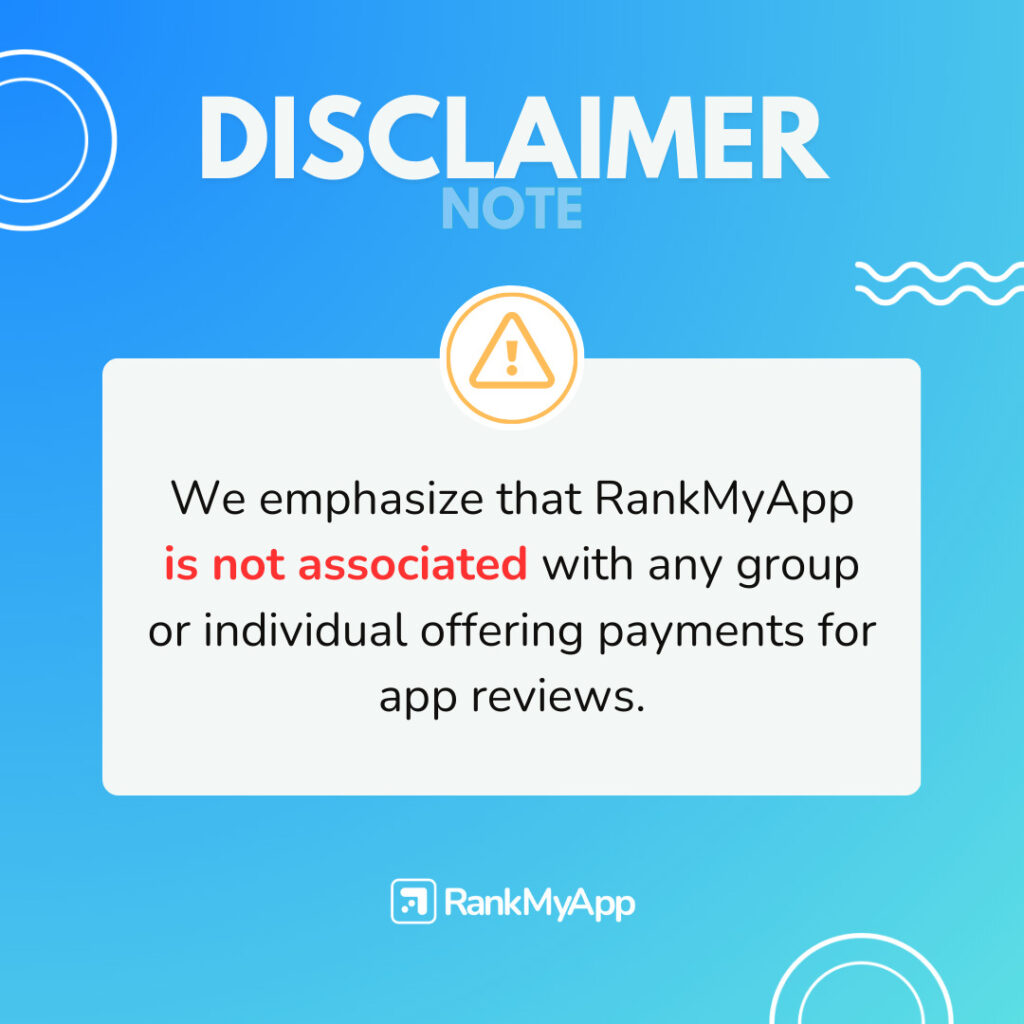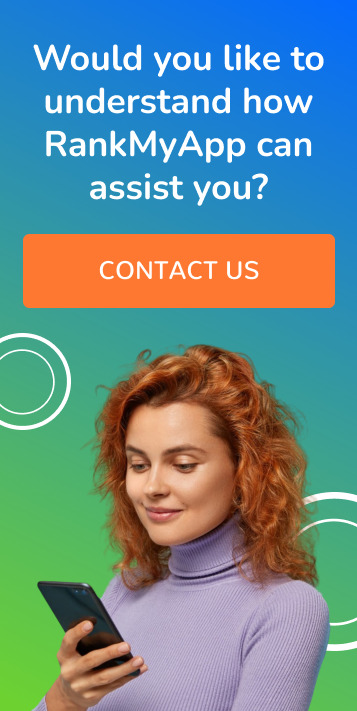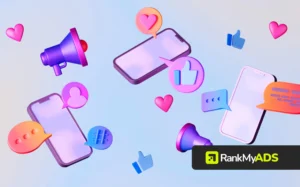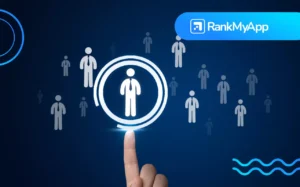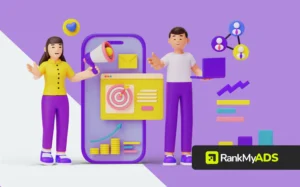The development of technology in the mobile handset industry is increasingly innovative. Nowadays, the cell phone is no longer just a means of communicating via voice or text messages. That’s why today we have predictive apps.
These original functions will remain, of course, but with the added possibility of a mobile device providing so many other purposes, such as computational capacity and sensors, apparently, that promise was definite.
Mobile phones, or smartphones, are no longer accessories but extensions of us, as users. They are personal assistants who remember our appointments, wake us up in the morning, and store our contacts, photos and music.
As if that were not important enough, some sensors coupled to phones make it possible to get the pulse, cholesterol level, temperature, heart rate and location of its user. With a database full of information, it’s easy to find out what we want, where we’re going and what we’ll do.
Within the infinite possibilities, a new concept of the app is making the users’ lives easier: predictive apps. Unlike a computer, for example, which needs an active operator to command the functions and click on programs for them to run, the predictive apps are proactive and automatically anticipate the user’s need.
These actions are based on machine-learning software that, through the users’ data, captures their needs and develops its functions. With intuitive interfaces, the model of communication with this app flows naturally, as demonstrated by Google Now, iPhone’s Siri and Microsoft Cortana.
As a prominent example, Google Now identifies when the user is about to take action and offers help or even, based on inferences, makes decisions by itself and only asks you for approval. Your database is made up of email account information, calendars and surveys done on the Internet.
That way, the app knows where you live, work and what roads you usually take, so it always gives you the best traffic information. It can also analyze what you eat (using the camera), and, with previous information about your diet, tells you how many calories you are ingesting.
With your location, if you are walking, for example, it can calculate the speed of your gait, and, with the data in your calendar, identifies your pace and tells you whether you will be on time or late for an appointment.
A new generation of apps
Predictive apps are the future of technology within our reach; they indicate that there is room for innovation and that the potentiality of these sensors need to be explored. There are still many current apps that act as desktop versions for smartphones and tablets, which don’t use the potential of the sophisticated predictive algorithms.
This technology layer of contextual apps already exists, such as NLP (Natural Language Processing) systems, which are already well evolved and improving every day. In 2011, IBM’s Watson and the Apple’s Siri were introduced, and since then, the capacity of computers has been visible.
Over the years, the evolution of interfaces in natural language is evident, and the big bet is that they will evolve much more, to the point that the use of NLP as a physical communication interface will be something familiar.
With the acceptance of the first generation of predictive apps, the new question for engineers at Google and elsewhere is to look for ways to obtain data about their users.
Bill Ferrell, founder and CEO of Osito, a company that offers an app with similar functions, said its engineers are trying to learn more from people’s past traces of predictions application about future activities, all to refine information later and offer an increasingly more accurate service.
Google Now has recently started showing a weather forecast for places where the app thinks you might be going. Additionally, it begins notifying you about houses that are on sale in your neighborhood, in case you have searched for something on the Internet that may suggest that you are looking for a new home.
Did you find this all too far-fetched? Some machine learning experts go even further. Grokr, an iPhone predictive app, has discovered a way to differentiate a users gender, ethnicity and age, all with a high degree of accuracy.
“This can help us predict the places you’d rather go,” says Srivats Sampath, CEO of Grokr, who wants to use this information to address the recommendations the app offers for music events and restaurants, for example.
Technological, but not human
The way these apps are presented is a confounding factor. Different than you can imagine, there is no idealization in giving personality to the app, to bring it closer to being real. They benefit utilizing data mining techniques, of course, but they are not virtual butlers.
In 2010, Apple launched Siri, a voice-operated app that has become known for rightly mimicking a virtual assistant with almost human intelligence, as well as giving funny responses to users.
“An assistant is probably the worst use case, because you create the expectation that it will reach the human level,” says Mike Volpi, a partner at Index Ventures, a company that invested in Donna, an iPhone predictive app.
In the case of Google Now, Bit.ly Data Scientist Hilary Mason believes that some of the information the app provides is unnecessary. She says that, for example, the app does not need to tell bus timetables every time the user walks past a bus stop. “He’s not exactly focused on what matters to me,” he confesses.
Either way, Mason recognizes that the predictive app represents a milestone in computing. “It’s important because it’s the first time Google has taken everything it knows about us to make a product that makes our lives better.”
What do you think of this close relationship between user and smartphone? Maybe it is more convenient to have the apps that you want and be able to look for others in app stores. And methodologies, like ASO, are enough to help us.
Predictive apps are a technological breakthrough – that’s undeniable – but does the intrusion into a routine help or disturb you? If it does not disturb you, try to talk to an ASO specialist from RankMyApp, specialized in App Store Optimization!
